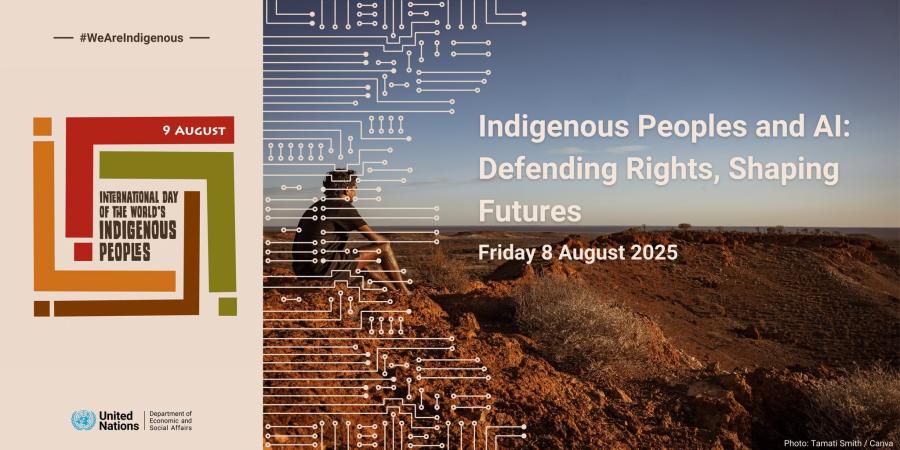From first contact with indigenous Americans, Europeans did not agree how to treat them. As early as 1550, Bartolomé de las Casas used his ecclesiastical power to plead for the natives' natural rights to freedom and self-government. Though las Casas managed to persuade the King, the distant monarch was not able to implement the enlightened policies. After five centuries of the colonial legacy, the debate over indigenous peoples in the Americas continues. Wearing the cloak of a journalist rather than the frock of friar, Phillip Wearne reiterates the position of las Casas in Return of the Indian with impressive clarity and heartening hopefulness.
Unlike the 16th century debate, the voices of Native Americans themselves are now heard eloquently in newspaper headlines and congressional chambers. Wearne amasses far-reaching evidence to examine this resurgence in indigenous activity. He makes a concerted effort to weave native spellings, observations, and faces into his argument, reflecting the growing organization and coherence of indigenous activity.
According to Wearne's analysis, natives had always resisted the encroachments of Europeans, but the quincentennial of Columbus' arrival triggered "a watershed shift from defense to offense." Before this decade, those indigenous peoples who survived the epidemics and dislocation battled the assault on their rights through a silent struggle. The story of Rigoberta Menchú, the Guatemalan Nobel Laureate who provides the book's optimistic Foreword, epitomizes the survival strategies Wearne describes: "revealing only what they have to and...adapting European know-how or technology to their own ends."
The `revival' that Wearne touts in the title began in the 1970s with the increasing number of pan-Indian organizations and their adoption of `Indianism,'-the philosophy that indigenous people should "lobby and campaign in structures of their own, but in alliance with other, non-indigenous organizations." Even with the emphasis on calendrical cycles in native religion, the approach of 1992 is not sufficient to explain the strengthened position of native peoples in the international debate. Because Wearne takes an overly static view of history, he overlooks the individual contexts for the assertion of native rights. Though the narrative flows smoothly, it is peppered with references to a "continuing conquest" and the fact that "five hundred years later, little has changed." By positing an unchanging state of conquest, Wearne conflates the massacres perpetrated by the Shining Path in 1990s Peru with those denounced by las Casas. Similarly, the juxtaposition of examples from multifarious indigenous populations (so ably compiled and chronicled in the appendices) undermines Wearne's celebration of their very diversity. It is notable that las Casas' call to end the trampling of indigenous rights has yet to be heeded, but in the 1990s numerous local debates rage, not a single overarching one.
Article copyright Cultural Survival, Inc.



